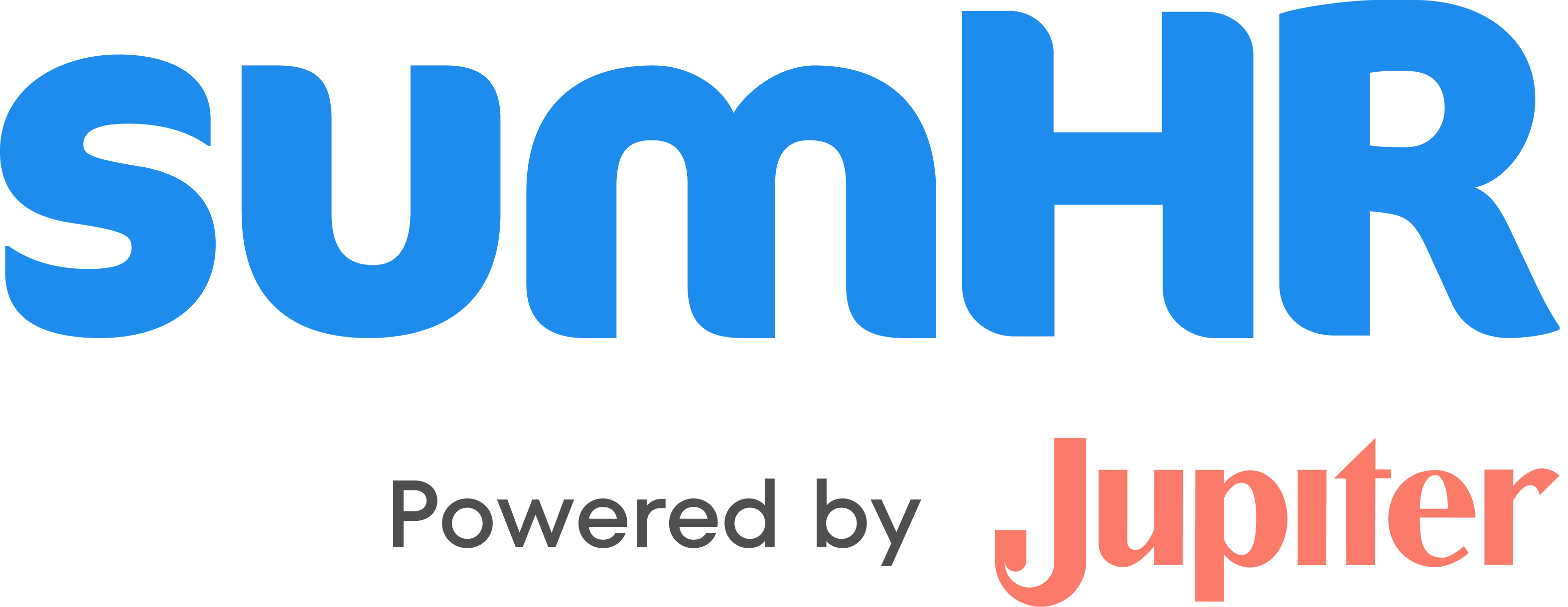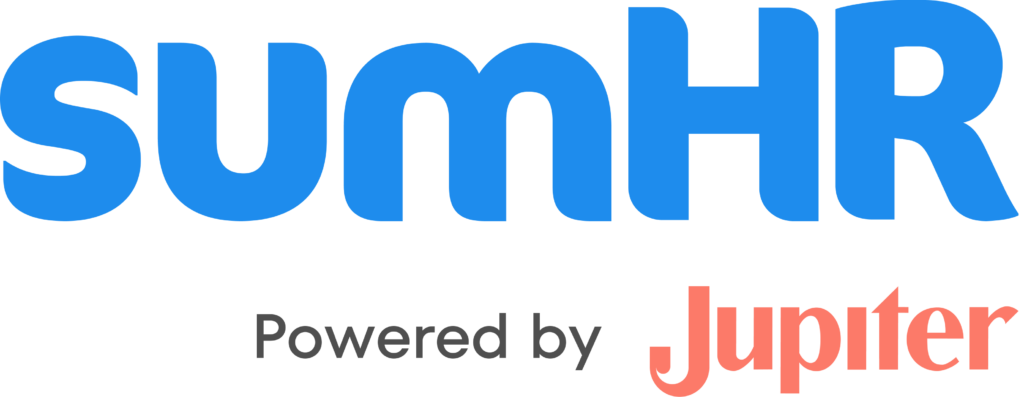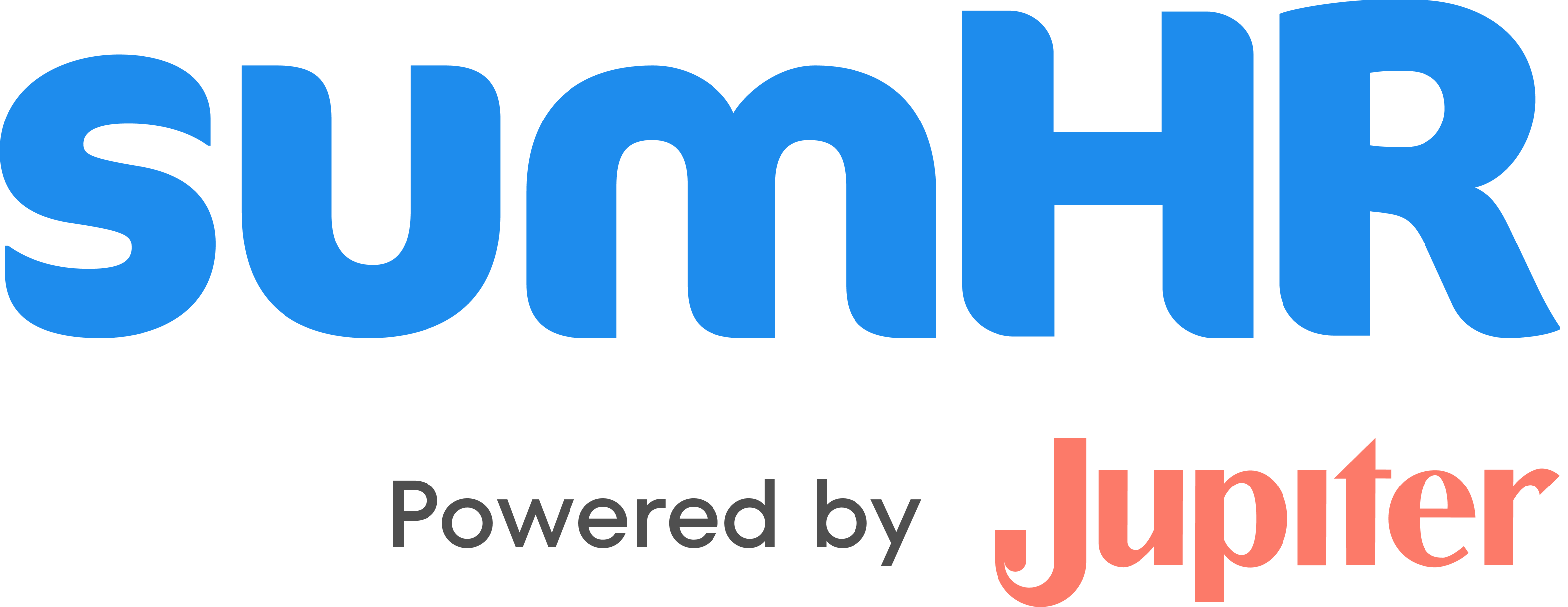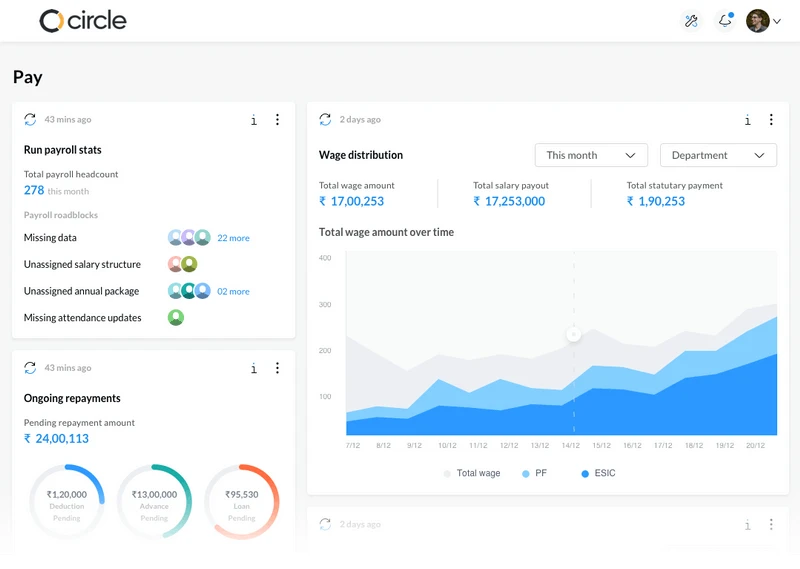From punch cards to biometric systems, time tracking has been a critical process throughout the years as part of businesses. When employees arrive at work, they should note their check-in time, and when they leave, they should note their check-out time. As a general rule, workers fill out timesheets just before leaving the office in a rush.
Sometimes, this process takes place right before they submit their timesheets to HR, on the last day of the week or month. Employee productivity and morale are negatively affected by manual timekeeping practices. Trying to fill in the actual employee hours after the day is over can result in inaccuracies, timesheet tampering, and so on.
Organizations face compliance problems, payroll errors, and other challenges without a reliable employee attendance management system. With the replacement of paper timesheets with an appropriate attendance management system, organizations can save time, reduce administrative burden, increase accuracy, and eliminate process bottlenecks through daily attendance. That’s why organizations need to check various types of attendance management system available in the industry and get the most efficient one for their organization.
Importance of Attendance Management System
Attendance Management Systems should be a part of every organization.
You can accurately calculate employee work hours by using Attendance Management Systems. You will especially benefit from this if your employees are paid hourly. Keeping track of your employees’ wages is essential. It’s also vital to determine whether any employees owe overtime wages.
Also, the attendance system will help your organization to meet the Fair Labor Standards Act timekeeping requirements, it must be implemented in a compliant manner.
The frequency of employees is also important in the case of salaried employees. Both at work and away from the business, your employees can record and document their time so that it is possible to track their progress even when you aren’t around.
Additionally, you can determine whether your employees are punctual by tracking their time as you require your employees to document exactly when they enter and leave. Using this information, you can find out whether an employee tends to arrive late or to leave early from work.
Monitoring the attendance of employees can also assist you in tracking how many days each employee takes off. The attendance system also helps you to manage the leave policies, having an employee-to-employee sick day policy is crucial for businesses that allow employees to use sick days.
Different Types of Attendance Management System
1. Manual System – using excel or muster roll
Prior to the age of technology, manual attendance was the most common method of tracking attendance. The employee’s time is recorded in a Register or an MS-Excel or in a book, depending on how it is recorded. We have created an excel for attendance management.
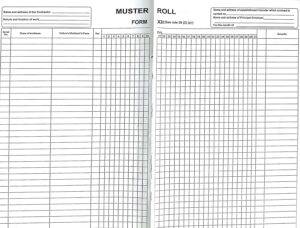
You can purchase a muster roll register at a stationery store for manually entering employee information.
Since this method has been replaced by an automated solution, it has become obsolete. We are seeing an increase in complexities and requirements every day. Employees’ incoming and outgoing timing can no longer be recorded manually.
Due to the manual nature of this record, employees who seek favours may go out and return frequently.
2. Timesheets
The sheets document when tasks are started and finished by employees. As a result, the employer will receive a detailed breakdown of the tasks the employee accomplished during his or her entire tenure. Information like this is used to estimate time and manage resources.
It is common to use these timesheets online. These timesheets can sometimes be accessed via the web. As a result, it is possible to track an employee’s working hours.
It will lower the employees’ costs in the long run to track their working time. Considering the timesheet of an employee who performed a similar job/task, the employer can calculate the exact time to complete a given task.
Also, one can examine and compare the amount of time that individuals spend on different activities. Accordingly, the role of an employee can be rearranged according to his or her performance.
A company’s timesheets also provide information about an employee’s productivity. As a result, administrative work will be reduced to a large extent.
3. Mechanized Systems
The system generates a record automatically with all the employee timing in and out based on the data inputs.
The employee must swipe/register every time he or she enters or leaves the office. Therefore, the employee needs not to be scrutinized every time an entry or exit is made.
A more effective system for tracking employee attendance would, however, be an automated one. This can mean fewer manual tasks and more reliability than other methods because it requires less manual work.
4. Time Cards/ RFID Cards
Each employee receives a time card that must be swiped on a machine in order to punch their attendance. These cards have an RFID (Radio Frequency Identification) embedded circuit with an IC which gets powered on near an RFID reader. As soon as this RFID card is swiped, the data in the card is collected by the RFID reader, and the data is transferred to the computer, eliminating all the paperwork in the process to mark attendance. You can integrate your system with other third-party card swipe system.
5. Proximity Card, Badges or Key Fobs
Using these systems, the need for swiping is completely eliminated. It is the employee’s responsibility to pass the proximity card (RFID card), badge or key fob in front of the reader when using these types of attendance systems or even a few inches away. These badges, key fobs and proximity cards usually work on RFID technology. A few of these systems can also be used to monitor employee movement throughout a facility.
6. Biometric Attendance
Biometric attendance is used to capture unique identifications of an employee within an organization. Firstly, biometric details like fingerprints or iris details are collected and stored in database of a biometric machine so that it can be used for the purpose of verifying a user’s (employee’s) identity. Consequently, users are identified by their biometric characteristics alone, without the use of smart cards, usernames, or other identification methods.
Types of biometric attendance system:
- Physiological biometrics in which fingerprints, hand, face, iris, etc., are captured and compared. Fingerprints are the most widely used physiological biometric.
- Behavioural biometrics in which a person’s behaviour is analyzed, including the recognition of the voice, signatures, and keystrokes, etc.
Generally in an office, biometric verification is performed by recognizing Fingerprints, Iris or Face details using biometric readers.
7. Interactive Voice Response
An interactive voice response (IVR) system allows employees to punch in, check their schedules, receive operator messages, and request time off using only their touch-tone phones.
It is custom-designed to meet the needs of each organization, starting with the call dialogue and professional-recorded voice prompts.
8. Online Attendance Software
Online attendance management software is a cloud-based system for time-keeping that allows users to log in via Web or Mobile-App. Through cloud technology, attendance data, logins and logouts can be accessed from virtually any location with an internet connection. The user’s Static IP Address can also be recorded at the time of Log-in/Log-out.
Logging in and out is also performed easily with the click of a button from their personal computers – a convenience many employees expect in our digital age. These systems can also be useful if you have a large portion of your workforce working remotely, at client sites, or in outbound sales roles.
In comparison to traditional systems like attendance musters, cloud-based attendance management software is much more efficient. It should also be considered that integrated attendance management software delivers higher synergies than separate attendance management software.
Conclusion
Many companies or business owners use time tracking systems to keep track of their employees working hours. Computers or mobile devices are used to collect data with these systems.
The need for manual paperwork is vanishing today in a digital world. The digital age offers many benefits, including increased productivity and financial savings for companies and individuals. As smart employers adopt them, they are becoming more and more widespread.
How to choose an attendance management system?
This type of tracking involves a lot of patience and time, so it can be frustrating. Using an automated time tracking system simplifies employee scheduling, lets you pay your employees more accurately, and can help you decrease labour costs. It is possible to achieve this by using an advanced time and attendance tracking system.
Choosing an attendance management system that is reliable and efficient is not always an easy task. It can be overwhelming to make a decision when there are so many options available on the market.
The following tips will help you make the right choice based on your business requirements:
1. A simple and easy-to-use interface
Your choice of software should be intuitive enough and also relieve you of the headaches of manual processes and compliance. When using a solution that have easy-to-use user interface, the adoption rate will be higher and the return on investment will come faster.
2. Various time tracking options
Your employees should be able to track their hours on a variety of devices, including computers, smartphones, punch cards, tablets, etc.
3. Mobile Application
There are more and more employees working out of the office today. Even when employees are away from their desks, they can clock in/clock out and apply for time off via mobile apps or they can access across devices. Time off can be viewed and approved on the go by managers.
4. Appropriate overtime options
There should be an option provided in the system for calculating the regular and overtime hours, regardless of pay rate or class of work.
5. Audits
To allow you to see if any changes have been made to the original data, which will ensure that a system remains effective and efficient.
6. Time off Tracking
Select an employee time tracking system that allows you to track sick leave, parental leave, annual leave and more. Employees must be able to easily apply for time off, access their time off balance, and more through the application.
7. Reporting
HRs looking to handle large numbers of employees can take advantage of the system as a one-stop solution. Thus, you want to choose a solution that will actually track who is working, who arrived late and who is approaching overtime. HR professionals can use it to create a detailed report of each employee’s performance and timing.
8. Notifications
If employees forget to clock in or out or if they are nearing over time, the system should alert managers. Business expenses can be controlled in this way.
9. Ease of Configuration
The system should be navigable at any time, flexible, and easily adaptable to the needs of your specific business.
If you’re looking for an HRMS, try sumHR, the all in one HR Software which consists of the following modules: Payroll Software, Attendance management system, 360 Performance Management Software and more. Get the best employee experience platform with sumHR. Book your free demo now.
